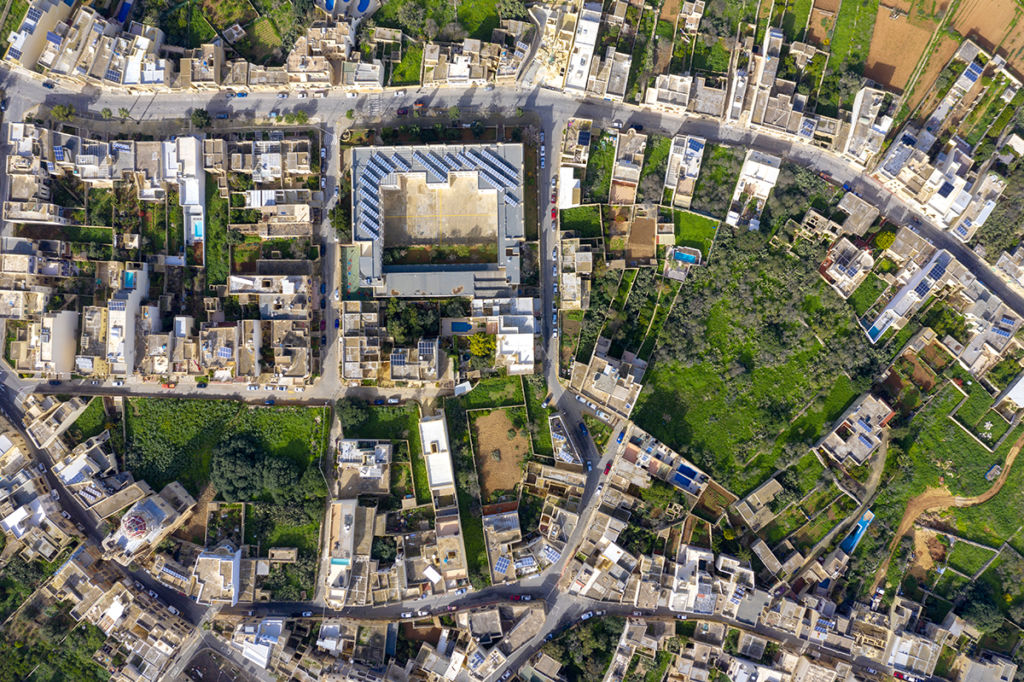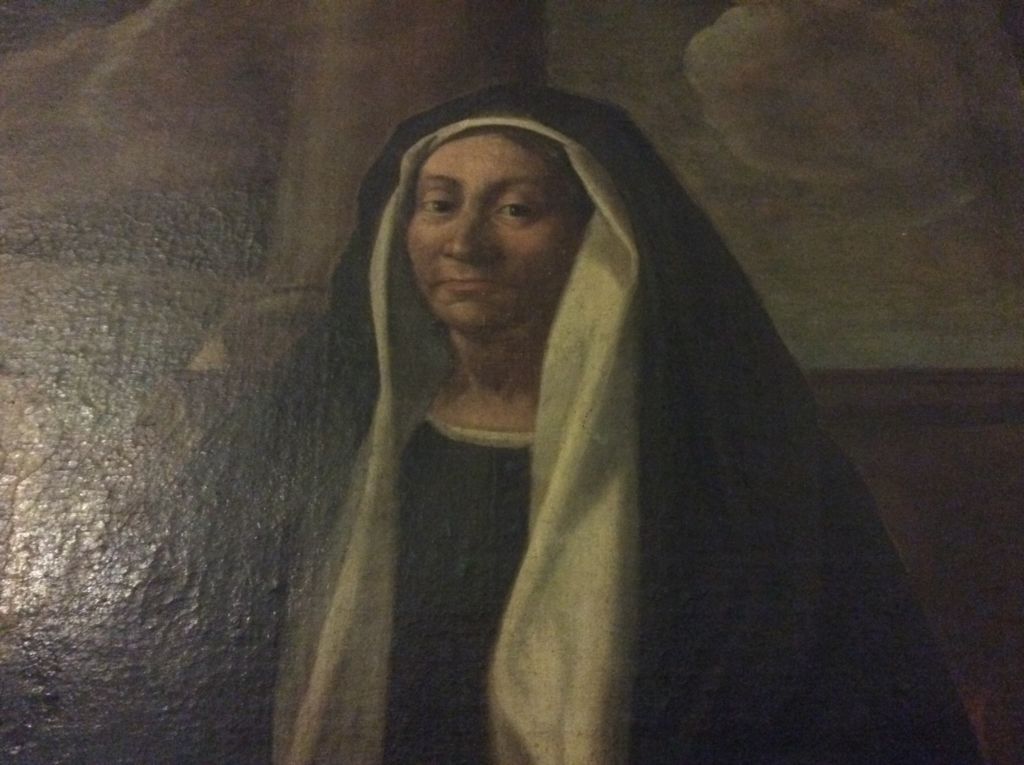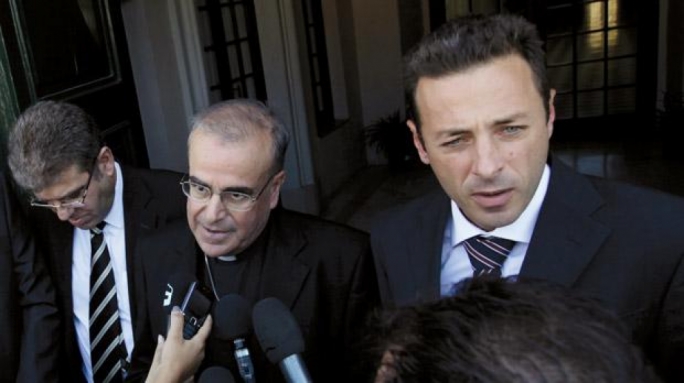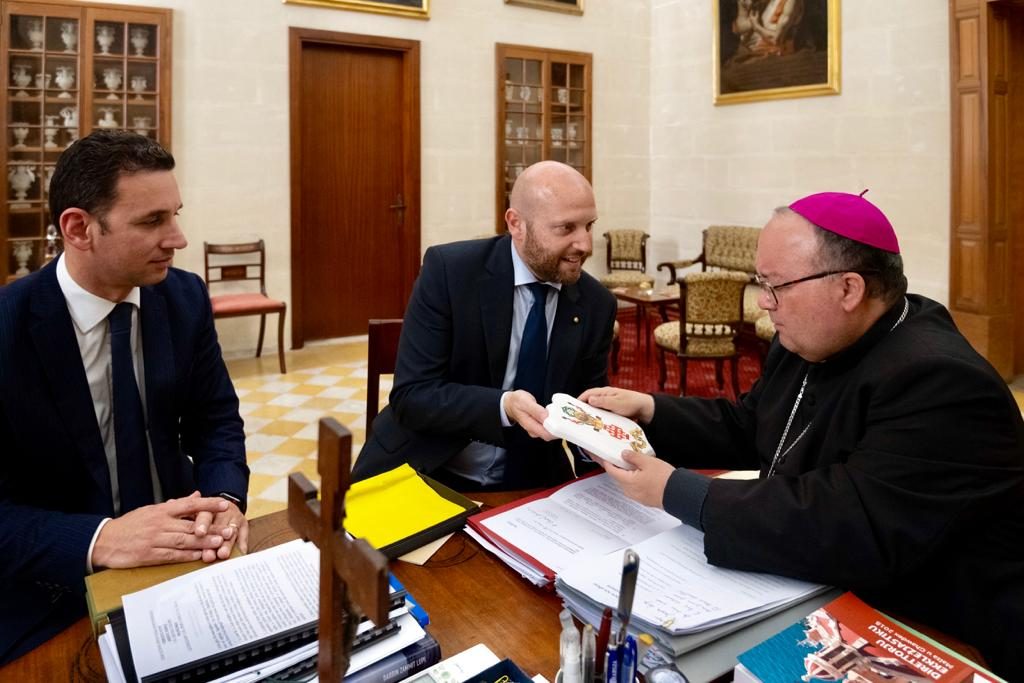Malta’s Church Abandons Residents And Pious ‘Obligations’ In Gozo Land Grab

The Church has refuted any suggestion of responsibility for Nadur residents facing demands to pay tens of thousands to remain in their homes.
The houses are built on land put in a medieval foundation in which the archbishop had decisive control until ceding much of it in contracts that, legal experts told Lovin Malta, are challengeable in court.
Cosmana Navarra put vast lands under the foundation called Beneficcju ta Sant Antonio delli Navarra in 1675 to raise money for pious deeds.
Questions sent to the archbishop were answered by the archdiocese’ highest official, Michael Pace Ross.
He wrote that “the lands in question were never owned by the Archdiocese of Malta, and it is neither correct nor fair to attribute to the Archdiocese any outcomes resulting from decisions taken by the benefice’s administrators.”
The legal experts said that the archbishop does retain legal options. Among these is the power to appoint future rectors who administer the foundation and, by implication, the power to dismiss the rector.
This emerged in the Court of Appeal in 2013 (when the archdiocese won a case against the previous rector) which said that the foundress wanted the archbishop to appoint a rector whenever the present one either died or was removed for failing “to observe the conditions imposed by the foundress.”
Archbishop Charles Scicluna appointed the present rector, the lawyer Patrick Valentino, four years ago. Valentino then transferred developable lands to companies that belong to the six Stagno Navarras that claimed to be descended from Cosmana, the lawyer Carmelo Galea, and a company of the Montebellos’, including his partner Rachel Montebello, the magistrate. The lands transferred are worth many millions.
He has also been demanding higher ground rents from farmers on non-developable agricultural land. And in Nadur, where the foundation registered ownership of land in the town centre on which about four dozen houses sit, the residents are being asked for payments of tens of thousands.
All of this has caused agony and outrage among hundreds of residents and farmers.

Ownership of the land has no bearing
On the point made by Pace Ross that the church “never owned the land”, this is beside the point given the rules of the foundation created “for all future time”. Cosmana Navarra, an extremely religious noblewoman, created the foundation at the age of 75 in 1675 – at the time, her primary preoccupations were setting up the foundation and completing Rabat’s St Paul’s Church, which she entirely funded and where she is buried.
In the foundation set up to be held under the patronage of heirs of her nephew, Federico Falzon Navarra, a rector would have an administrative role while the archbishop would wield decisive power to consent to, or veto, any granting of foundation lands through emphyteusis.
The rector nominated by patrons and appointed by the archbishop had to be an unmarried male descendant of Federico, a priest in the absence of a male descendant, or any descendant of Cosmana in the absence of either.
Yet in 2017 the archdiocese accepted six Stagno Navarra siblings’ claims of descent – hence patronage – without asking to see any evidence. The archbishop then renounced the right of veto in land transfers and appointed Valentino as rector even though he is neither descended from Federico or Cosmana nor a priest.
Questions sent to the archbishop on whether all this could be done without a decree from the Court of Voluntary Jurisdiction were not answered.

Cosmana Navarra
Archbishop set to testify this week
In an ongoing court case in which Valentino is requesting eviction of a family from their home built on land held by their ancestors for more than a hundred years, the archbishop’s legal representative Michelle Tabone and archdiocese’s property manager Raymond Bonnici struggled in the face of some of the questions.
These two testified after Archbishop Charles Scicluna twice pleaded to be freed from court summons. He pleaded that these two were better placed to answer questions and, separately, also invoked provisions that have no relevance to the question of whether he could be compelled to testify or not.
Under sharp questioning by the magistrate, Tabone insisted that she had only signed the contracts as “a representative of the archbishop”, and that she had not been privy to any discussions or negotiations during the drafting of the contracts.
Bonnici in turn said that the church was being threatened with further litigation, and did not want “to spend another twenty years in court.”
He also said that two nominees for rector had been presented, Valentino and a priest named Jesmond Grech, but he (Bonnici) did not know why the archbishop had chosen Valentino.
Archbishop Scicluna is now due to testify next week.

Patrick Valentino (Right)

Pious obligations go unfulfilled
In his response, the archdiocese’ highest official Michael Pace Ross also said that the “archdiocese only had the right [under contract of the foundation] to receive an adequate amount to cover the pious obligations”.
Raising funds for pious deeds is the focal point of the foundation, and the archdiocese got €200,000 upon signing the contract in 2017 “so that,” Pace Ross said, “from the accruing interest, the pious obligations are guaranteed.”
Yet the contract of foundation specifies several times that the pious deeds are “obligations” of the rector, not the church.
Lovin Malta can also reveal something else: the pious deeds are not being fulfilled at all despite Pace Ross describing these as the archdiocese’ “obligations”.
These pious deeds range from masses – daily at St Anthony’s side altar of Rabat church (where Cosmana is buried), weekly in St Paul’s Grotto, twenty-four masses yearly in Qala’s Conception of Our Lady Chapel – to the funding of feasts for St Anthony the Abbot, St Philip Neri, and the Holiest Cross, as well as other annual commemorations, even the employment of a sacristan.
In the case of 24 masses yearly in Qala’s chapel, for example, sources said that a bill for masses over the years ran into thousands of euros and remained unpaid. Then the priest ceased saying masses.

What do you think of the church’s role?
